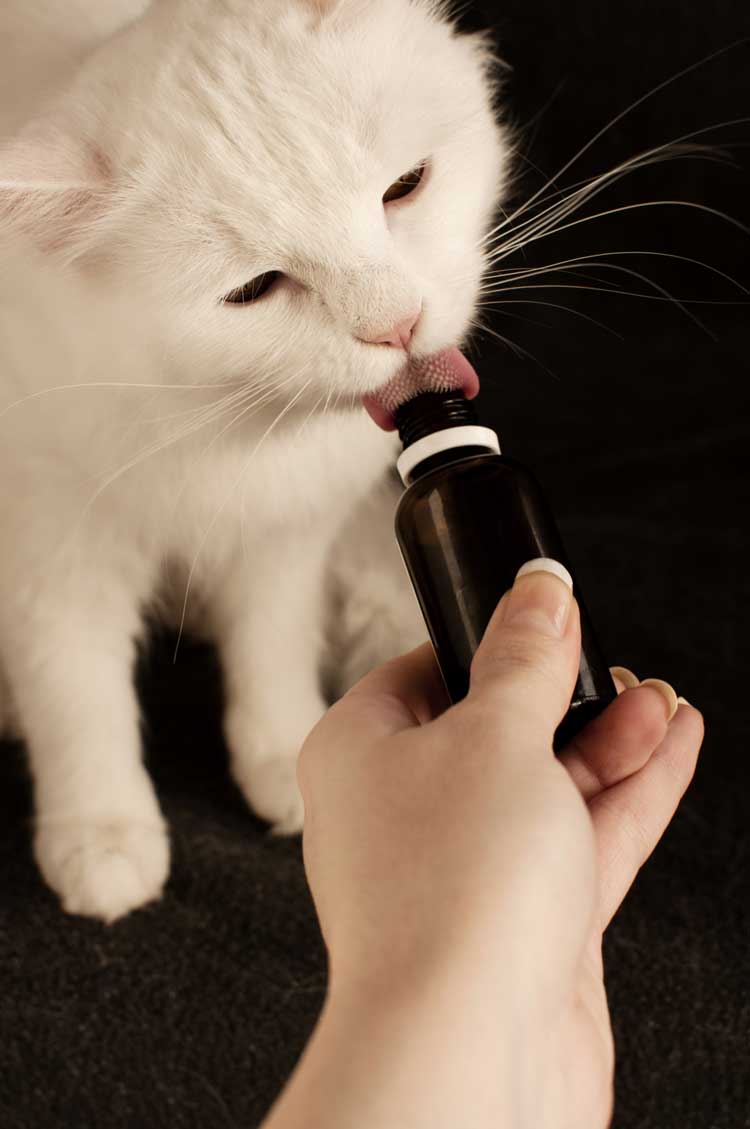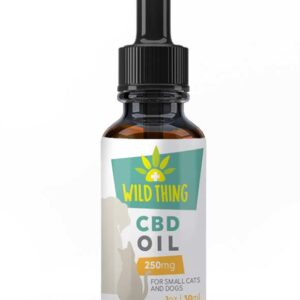A lot of cats pay close attention and care to their coats. But who is taking care of what’s below the fur?
Feline miliary dermatitis is the term used to describe Dermatitis in cats, because the reaction looks like tiny millet seeds on the cat’s skin. Rashes usually appear around the head, neck and back area on a cat. Other names for the condition include, scabby cat disease and papulocrusting dermatitis. Feline miliary dermatitis is usually caused by an allergic reaction that could be the result of a flea bites, food allergies or allergens in the air.
Ailment Guides:
Arthritis In Cats
Allergic Reactions In Dogs
Cat Eye Infections Recognizing Treating Your Cats Symptoms
skin conditions in cats
What causes feline dermatitis?
Hypersensitivity to flea bites is the most common cause of Feline miliary dermatitis; however, cats can develop Dermatitis many ways. Cats often develop the skin condition from one, or a combination of, the following:
- Bacterial infections
- Cheyletiellosis mite
- Contact allergies
- Drug hypersensitivity
- Bad diet
- Mites
- Ringworm
- Immune disorders
symptoms of dermatitis in cats:
Symptoms of Dermatitis in Cats appear in many different places on their body, but the most commonly affected areas are around the head and neck and even down the back.
Additional symptoms of Dermatitis in cats that you should keep an eye out for include:
- Hair loss
- Hair pulling
- Small, red and crusty bumps on the skin
- Grazed areas due to constant scratching
Symptoms associated with Dermatitis often worsen depending on the season. For example, in the Spring and Summer months are more environmental factors and allergens in the air that can trigger this condition. As a result, your Cat will scratch, rub or lick more often.
Believe it or not, there is a lot you can do as a cat owner to help treat your cats dermatitis. Removing allergens that you think might be to blame from your cats environment is a great start. If fleas are to blame, owners should be diligent about also removing these from their cats home environment.
If food is to blame, it’s a little more difficult to solve, but not impossible. Changing the food that is causing the reaction is easy, if you have an indoor cat. Cats free to roam outdoors will have to lose that privilege. This way you can monitor what they are ingesting and cut out any outside foods, or wildlife, that could cause a relapse of the condition.
Medication may be necessary for more severe conditions such as intestinal parasites or bacterial infections.
Learn More:
10 Reasons To Use Full Spectrum Hemp Oil For Dogs
What Are The Benefits Of Cbd Oil And Treats For Dogs
The Right Way To Introduce Cbd To Your Pets
Treatments for feline dermatitis
Why CBD can be an effective treatment & preventative for your cat’s dermatitis
CBD – or Cannabidiol – can be an effective remedy for your cat’s skin conditions.
Cannabidiol (CBD) can be very beneficial for maintaining your cat’s immune system, cardiovascular system and overall vitality. CBD helps to lessen the effects of lethargy, gastrointestinal issues and reduces anxiety, aggression and stress-related disorders.
Think of CBD as a supplement that can reduce the severity and frequency of most – if not all – of feline dermatitis symptoms. It can be ingested, under the tongue, or applied topically to the affected areas. One of the most beneficial components of CBD is that it does not irritate the skin or cause any hallucinogenic effects. When introduced topically, CBD can soothe irritation, inflammation and reduce pain associated with dermatitis.
Cannabidiol is a phytocannabinoid that has been shown to have a prominent effect on numerous ailments – including epilepsy, arthritis and cancer. Remedies containing CBD achieve this by interacting with your pet’s endocannabinoid system. Almost all animals, like people, have an endocannabinoid system; this network of neurotransmitters is integral to physiological processes like memory, mood, pain, stress and appetite.
CBD can help your pet by producing anti-inflammatory, anti-anxiety, antipsychotic, antispasmodic and analgesic effects indirectly – that is, CBD interacts with a cat’s ECS (Endocannabinoid System) opposite to THC which directly binds to the Cannabinoid Receptors of the body. This does two things: makes the positive remedial properties more bioavailable to your cat; and lessens or negates the psychoactive effects, such as those associated with THC ingestion.
As you can see by the scope of ailments that are affected by CBD, it is clear how introducing CBD into your cat’s routine can benefit their skin health.
Ailment Guides:
Kidney Failure In Dogs
Glaucoma In Dogs
Hair Loss In Dogs








